PPi regulates bone health
Bones are complex tissues that grow with us and adapt to stressors like exercise or fractures. An important part of bone is hydroxyapatite, which is made up of calcium and phosphate, and gives our bones their strength and hardness. When hydroxyapatite is incorporated into our skeletons, this process is called bone mineralization.
PPi (inorganic pyrophosphate) is a molecule that circulates throughout the body to ensure that the building blocks of bone end up in the right place. PPi regulates ongoing bone formation, keeping our skeletons strong and healthy.
PPi prevents calcium and phosphate from coming together and forming hard deposits of hydroxyapatite in places it shouldn’t, like our joints and arteries.
 =hydroxyapatite,
=hydroxyapatite, =Phosphate,
=Phosphate, 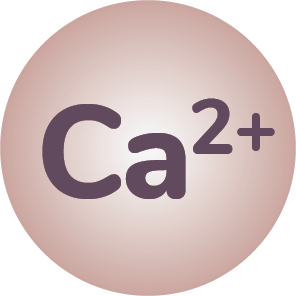 =Calcium,
=Calcium,  =Inorganic Pyrophosphate
=Inorganic Pyrophosphate
Low PPi levels can lead to serious health issues
Low PPi levels can lead to the buildup of hydroxyapatite crystals in the arteries, making the arteries stiff and impairing blood flow. Bone minerals can also form deposits in other soft tissues such as the skin, internal organs, joints, and ligaments.
If minerals from the bone build up in these other parts of the body, they can cause medical problems ranging from pain and immobility to severe cardiovascular disease and in some cases death.
Maintaining balanced PPi levels is essential for our bones to stay strong and healthy while preventing too much mineralization that could damage soft tissues.
 =hydroxyapatite,
=hydroxyapatite,  =Phosphate,
=Phosphate,  =Calcium,
=Calcium,  =Inorganic Pyrophosphate
=Inorganic Pyrophosphate
Adenosine is a regulator of blood vessel health
Adenosine is a molecule in our bodies that helps control cell growth in blood vessels. Adenosine helps maintain proper blood flow by preventing the narrowing of blood vessels, which is called stenosis. Maintenance of wide blood vessels ensures tissues get enough oxygen and nutrients.
 =Adenosine
=Adenosine
Low adenosine levels can lead to serious cardiovascular issues
Low adenosine levels can lead to multiple severe issues with our blood vessels. First, low adenosine levels can contribute to intimal proliferation (excessive cell growth within blood vessel walls). This overgrowth can obstruct blood flow and increase the risk of cardiovascular events like heart attacks and strokes. Additionally, low adenosine levels can directly impact blood flow by promoting vasoconstriction (narrowing of blood vessels), which can also increase the risk of cardiovascular events.
Maintaining optimal adenosine levels is crucial for regulating both blood flow and cellular growth within blood vessels.
 =Adenosine
=Adenosine
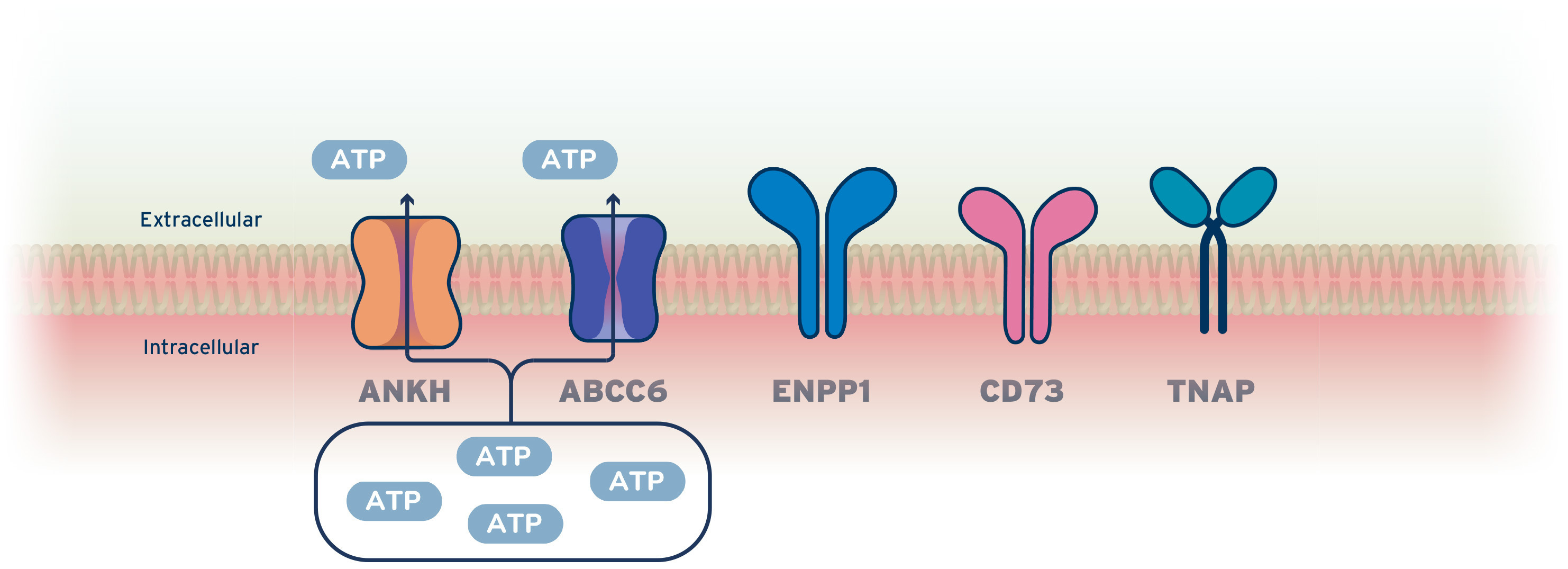
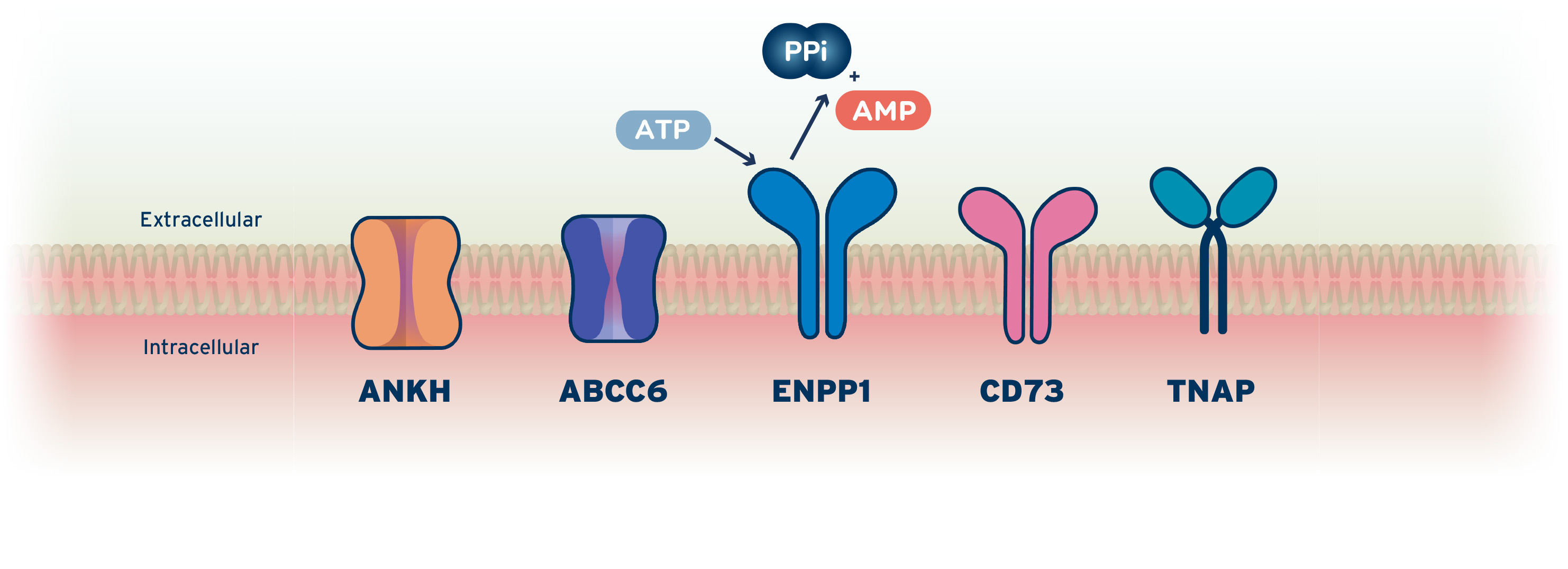
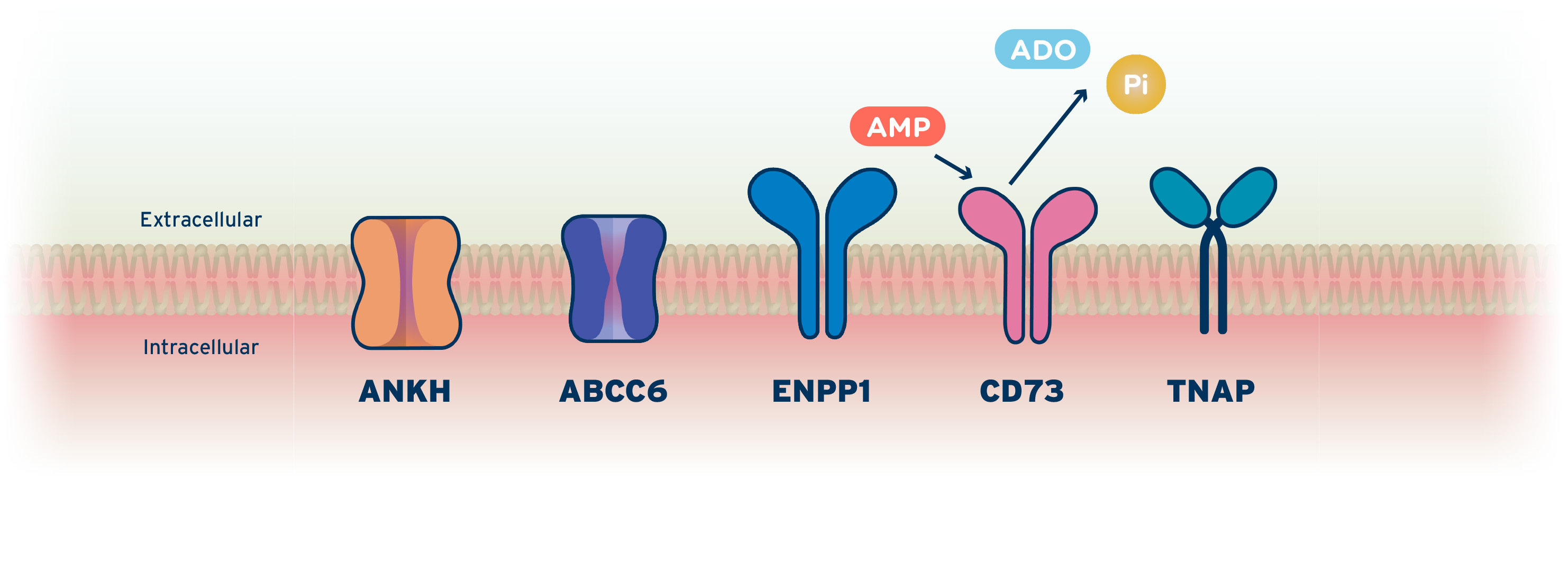
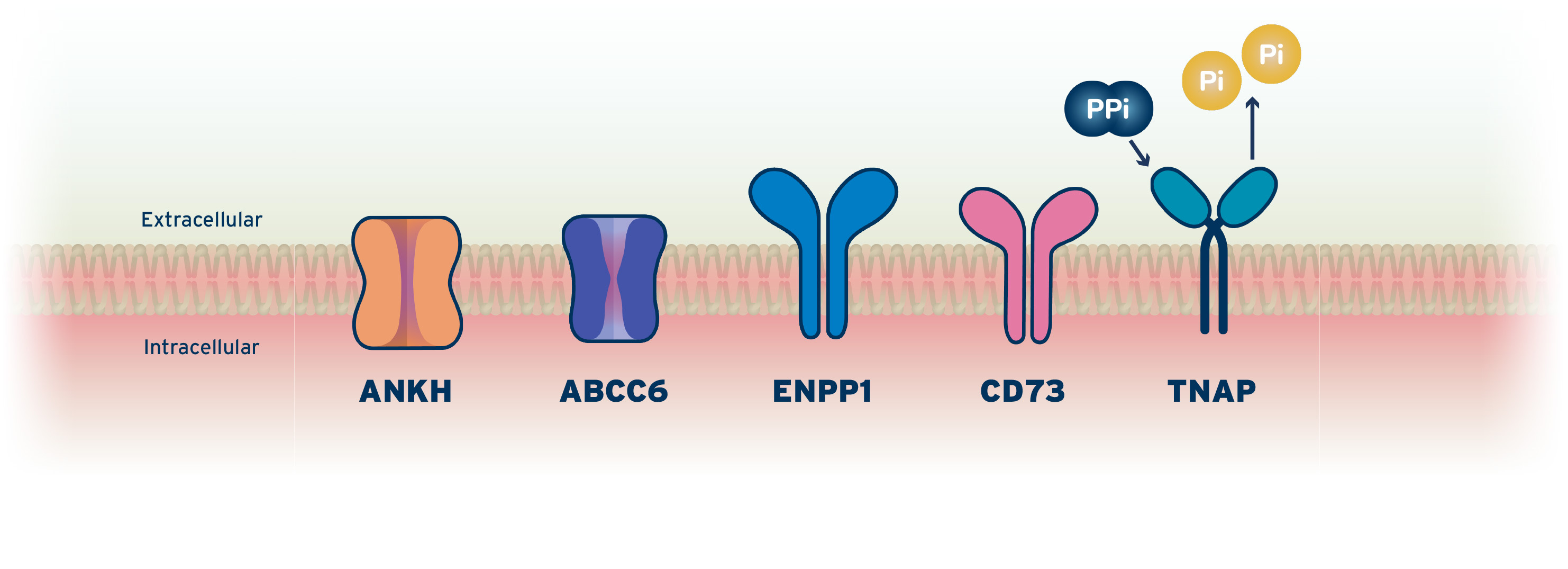
 =Adenosine Triphosphate,
=Adenosine Triphosphate,  =Adenosine Monophosphate,
=Adenosine Monophosphate,